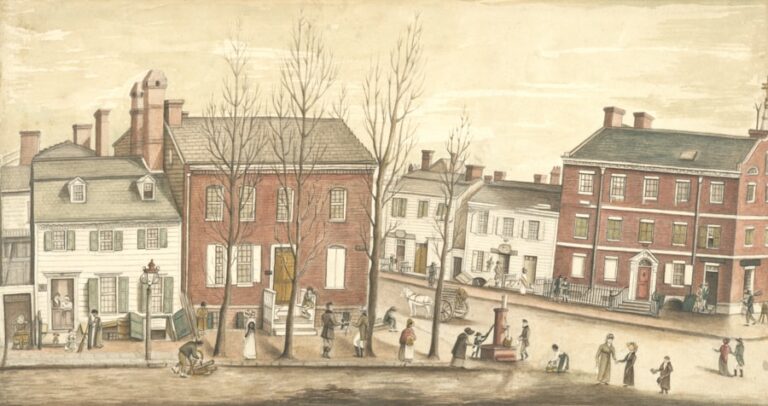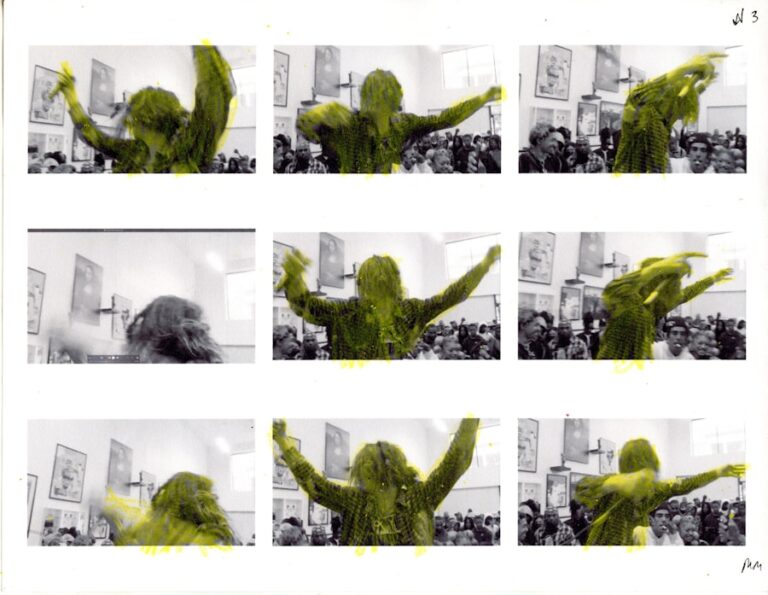From Canvas to Screen: The Evolution of Digital Art Eye
Digital art has a rich and diverse history that dates back to the 1950s, when artists and scientists began experimenting with computer technology to create visual art. One of the earliest examples of digital art is the “Oscillon” by Ben Laposky, created in 1952 using an oscilloscope to generate abstract electronic patterns. This groundbreaking work laid the foundation for the use of technology in art, paving the way for the development of digital art as we know it today.
In the 1960s and 1970s, artists such as Frieder Nake and Georg Nees began using computer algorithms to create geometric and mathematical art. These early pioneers of digital art explored the potential of computers to generate complex and intricate visual patterns, pushing the boundaries of traditional artistic techniques. As technology continued to advance, digital art evolved to encompass a wide range of mediums, including computer graphics, digital photography, and interactive installations. Today, digital art has become an integral part of contemporary artistic practice, with artists around the world using technology to create innovative and immersive works of art.
The Impact of Technology on Digital Art
The advent of digital technology has had a profound impact on the world of art, revolutionizing the way artists create and engage with their work. With the rise of digital tools and software, artists have gained unprecedented access to new mediums and techniques, allowing them to experiment and push the boundaries of traditional artistic practice. Digital art has also democratized the creative process, making it more accessible to a wider audience and enabling artists to reach new heights of innovation and expression.
The integration of technology into art has also transformed the way we experience and interact with visual culture. Digital art has opened up new possibilities for immersive and interactive experiences, blurring the lines between the physical and virtual worlds. From virtual reality installations to augmented reality experiences, digital art has redefined the way we engage with art, offering new ways to explore and interpret the world around us. As technology continues to advance, the impact of digital art on contemporary culture will only continue to grow, shaping the way we create, consume, and understand art in the digital age.
The Rise of Digital Art Platforms and Software
In recent years, there has been a surge in the development of digital art platforms and software, providing artists with powerful tools to create and showcase their work. Platforms such as Adobe Creative Cloud and Procreate have become essential resources for digital artists, offering a wide range of features and capabilities to bring their creative visions to life. These platforms have not only made it easier for artists to create digital art, but have also facilitated collaboration and community building within the digital art world.
The rise of digital art platforms has also led to the emergence of new opportunities for artists to showcase their work to a global audience. Online galleries and marketplaces such as Saatchi Art and Artsy have provided a platform for digital artists to exhibit and sell their work, connecting them with collectors and enthusiasts from around the world. This has not only expanded the reach of digital art, but has also created new avenues for artists to monetize their work and make a living from their creative practice. As digital art platforms continue to evolve and innovate, they will play an increasingly important role in shaping the future of digital art.
The Influence of Traditional Art Techniques on Digital Art
While digital art is often associated with cutting-edge technology, it is also deeply rooted in traditional artistic techniques and practices. Many digital artists draw inspiration from traditional mediums such as painting, drawing, and sculpture, incorporating these elements into their digital work. This fusion of traditional and digital techniques has led to a rich and diverse landscape of artistic expression, blurring the boundaries between old and new forms of artistic practice.
The influence of traditional art techniques on digital art can be seen in the use of color theory, composition, and perspective in digital paintings and illustrations. Many digital artists also draw on traditional drawing and sketching techniques to create their work, using digital tools to emulate the texture and feel of traditional mediums. This synthesis of traditional and digital techniques has not only enriched the visual language of digital art, but has also deepened its connection to the broader history of artistic practice. As digital art continues to evolve, it will be fascinating to see how artists continue to draw on traditional techniques to push the boundaries of what is possible in the digital realm.
The Role of Digital Art in Contemporary Culture
Digital art has become an integral part of contemporary culture, shaping the way we create, consume, and interpret visual media. From social media platforms to virtual reality experiences, digital art has permeated every aspect of our daily lives, offering new ways to engage with art and creativity. The accessibility and versatility of digital art have made it a powerful tool for self-expression and communication, allowing artists to connect with audiences in new and innovative ways.
In addition to its impact on artistic practice, digital art has also played a significant role in shaping popular culture and consumer behavior. From advertising campaigns to video games, digital art has become a ubiquitous presence in our visual landscape, influencing our perceptions and attitudes towards technology and creativity. As digital art continues to evolve, it will be fascinating to see how it continues to shape contemporary culture and redefine our relationship with visual media.
The Future of Digital Art Eye
As technology continues to advance at an unprecedented pace, the future of digital art holds endless possibilities for innovation and creativity. From artificial intelligence to virtual reality, new technologies are opening up new frontiers for artistic expression, offering new ways for artists to push the boundaries of what is possible in the digital realm. The integration of emerging technologies into artistic practice will not only expand the scope of digital art, but will also challenge our understanding of creativity and authorship in the digital age.
The future of digital art will also be shaped by its role in addressing pressing social and environmental issues. Many artists are using digital platforms to raise awareness about climate change, social justice, and human rights, harnessing the power of technology to advocate for positive change. As we look towards the future, it is clear that digital art will continue to play a vital role in shaping our understanding of contemporary issues and inspiring action towards a more equitable and sustainable world.
Exploring the Boundaries of Digital Art: Virtual Reality and Augmented Reality
One of the most exciting developments in the world of digital art is the exploration of virtual reality (VR) and augmented reality (AR) as mediums for artistic expression. VR and AR technologies offer new ways for artists to create immersive and interactive experiences that transcend traditional forms of visual media. From virtual reality installations that transport viewers to otherworldly landscapes to augmented reality sculptures that interact with their surroundings, these technologies are redefining our understanding of what is possible in the realm of digital art.
The integration of VR and AR into artistic practice has also opened up new opportunities for collaboration and interdisciplinary exploration. Artists are working alongside technologists, scientists, and designers to push the boundaries of what is possible in VR and AR, creating groundbreaking works that challenge our perceptions of space, time, and reality. As these technologies continue to evolve, it is clear that they will play an increasingly important role in shaping the future of digital art, offering new ways for artists to engage with audiences and create transformative experiences that transcend traditional forms of artistic expression.
In conclusion, digital art has a rich history that dates back to the 1950s when artists began experimenting with computer technology to create visual art. The impact of technology on digital art has revolutionized the way artists create and engage with their work, democratizing the creative process and transforming the way we experience visual culture. The rise of digital art platforms has provided artists with powerful tools to create and showcase their work while also expanding opportunities for artists to exhibit and sell their work on a global scale.
The influence of traditional art techniques on digital art has led to a rich landscape of artistic expression that blurs the boundaries between old and new forms of artistic practice. Digital art has become an integral part of contemporary culture, shaping popular culture and consumer behavior while offering new ways for artists to connect with audiences in innovative ways. As technology continues to advance at an unprecedented pace, the future of digital art holds endless possibilities for innovation and creativity as emerging technologies open up new frontiers for artistic expression.
The exploration of virtual reality (VR) and augmented reality (AR) as mediums for artistic expression is one of the most exciting developments in the world of digital art. These technologies offer new ways for artists to create immersive experiences that transcend traditional forms of visual media while opening up new opportunities for collaboration and interdisciplinary exploration. As VR and AR continue to evolve, they will play an increasingly important role in shaping the future of digital art by offering new ways for artists to engage with audiences and create transformative experiences that transcend traditional forms of artistic expression.






